Your vehicle’s cooling system is not something that comes to mind very often. However, it is an essential system to keep your vehicle functional and safe. Neglecting it can be costly in many ways, affecting your car’s efficiency and possibly requiring expensive repairs (including a complete engine replacement in extreme cases).
The good news is that cooling system maintenance isn’t complex. You just need to know how to do it.
The Vehicle Cooling System
It consists of a series of tubes that bring liquid, usually a mixture of water and antifreeze, through the whole engine block, circulating as needed by a water pump. This liquid draws heat from the engine, moving it to the radiator to be cooled before circulating back to the engine block.
There is a thermostat in the cooling system that regulates the flow of coolant. When the thermostat opens, it allows the coolant to flow to the radiator when the thermostat reaches the factory preset temperature. Because the cooling system is pressurized, it raises the boiling point of the mixture of coolant and water.
Because the liquid is a combination of water and antifreeze, it will not freeze or overheat. Generally, the balance is fifty percent antifreeze and fifty percent water. This balance can change in different climates, so make sure to discuss the best balance with your mechanic if you aren’t sure.
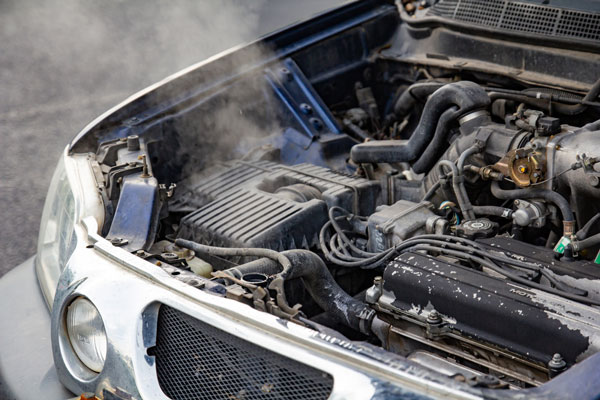
Cooling System Maintenance Tips
1. Check Your Coolant Level
Check your coolant level in the coolant recovery bottle and/or radiator as part of your vehicle cooling system maintenance. Make sure that the car has cooled down completely before checking.
If your coolant level is low, you can top off the coolant, but it is recommended you go have it checked by your repair facility, since it’s a closed system and should not be below the minimum level. Your repair facility should pressure test the cooling system and locate the leak. When replacing the radiator cap after checking the fluid level, make sure it is securely attached because this can affect the pressurization of the entire cooling system.
2. Keep Your Radiator Clean
Dirt, bugs and other particles can cause severe problems with your cooling system, so ensure that the front of your radiator is clean. When your car goes in for an oil change or service, have your mechanic look at its condition.
3. Check for Leaks
If there is any liquid leaking from your vehicle, you should take it in for repairs.
If you place a white paper under your car where the leak is, you can determine the color. If it is a bright yellow, pink, orange or green, it is most likely a coolant leak. It will need repairing by your mechanic as soon as possible (especially with the Texan Summer around the corner).
4. Keep an Eye on Belts and Hoses
A key to cooling system maintenance is monitoring the engine block’s belts and hoses.
These can dry out in the hotter months, and the cold weather can wear them out, so be sure to check these regularly. Have them replaced if they show wear and tear, or if it has been a while and you aren’t sure. Ask your mechanic to check them when they are servicing your vehicle.
5. Pay Attention to How Your Vehicle is Running
Being aware of changes in your vehicle can save time, money, and headaches.
Suppose your engine temperature warning light comes on. In that case, your cooling system is overheating, and you should pull over immediately to let your engine cool down. If you hear hissing or smell a sweet smell, which is the smell of burnt antifreeze, these are signs that your engine is overheating as well.
Pay attention to these signs and take your car to your mechanic before these cause total engine failure. Please do not ignore them!
6. Have Your Cooling System Inspected Regularly
The best thing you can do is have your cooling system inspected regularly, and by a mechanic you trust. Get your vehicle on a regular maintenance schedule, so you don’t have to think about it.
When you have your cooling system serviced, your mechanic will drain the old fluid, flush your entire system, and add new fluid. This will clear out dirt and debris that could contaminate your system. They will also check hoses and belts, your water pump, and other cooling system components. It would be best if you had your vehicle’s cooling system serviced every 30,000 miles or about every two years.
Houston Auto Repair
Make cooling system maintenance a priority, and it will benefit you long term. If you have neglected your cooling system or just car maintenance in general, get back on track. Take your vehicle to your mechanic today to get a cooling system checkup and set up a regular service schedule.

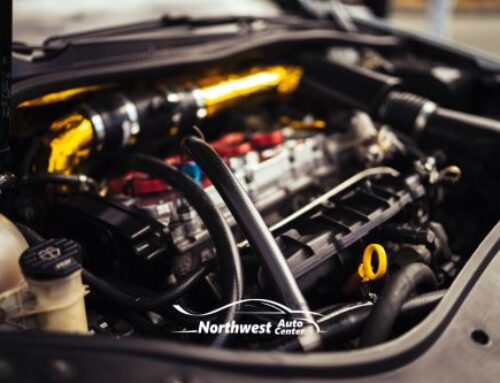
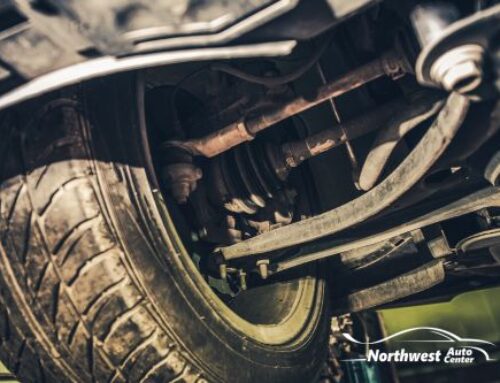

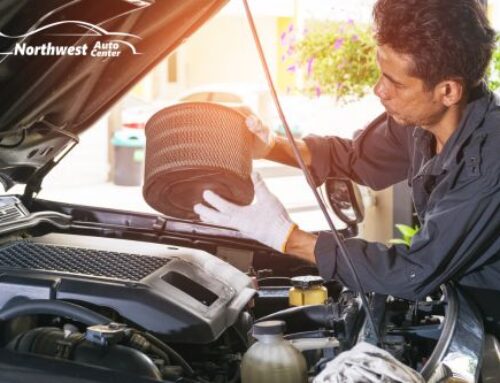
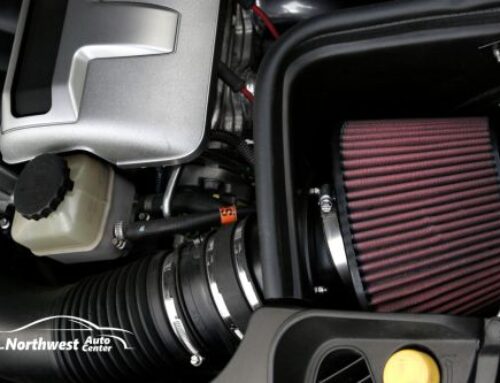
Leave A Comment
You must be logged in to post a comment.